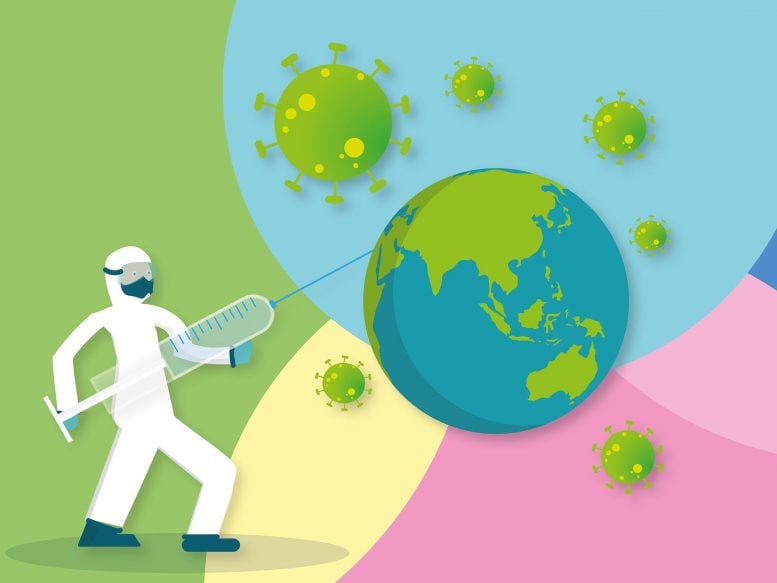
Scientists are working to develop a vaccine in record time.
With the global pandemic still in full swing, scientists are working to develop a vaccine in record time. While everyone wants an effective vaccine, they don’t all agree on how to get there and what “effective” really means. Chemical & Engineering News, the weekly newsmagazine of the American Chemical Society, spoke with researchers, doctors and business leaders to shed light on some of the challenges vaccine developers are facing.
As of mid-July, the World Health Organization reported that over 160 vaccine programs were in progress, an unprecedented effort toward a common goal, writes Associate Editor Ryan Cross. Although traditional vaccines are made with weakened or killed virus, many modern vaccines use part of the virus itself to teach immune cells what to home in on. For SARS-CoV-2, the virus that causes COVID-19, that part is the spike protein, which the virus uses to attach itself to human cells. Both types of methods can be time-consuming, and traditional approaches are potentially dangerous because companies need to grow large amounts of virus. This has caused some scientists to turn to experimental gene-based vaccines. Researchers put the genetic code for the spike protein into harmless viruses that act as vessels, or simply use DNA or RNA to deliver the genetic information to human cells. Human cells would use these instructions to make the spike protein, which would trigger an immune response. These types of vaccines are very fast for scientists to design and make, but the technology is largely unproven, and it remains to be seen whether these kinds of vaccines are effective. Furthermore, there are many different modifications that scientists can make to the spike protein, which could change how our immune systems respond to the real virus.
Vaccine makers are focusing on the ability of candidates to produce high levels of neutralizing antibodies that would prevent the virus from entering cells. But this area of vaccine research also faces challenges. For example, the methods for quantifying the antibody response in the laboratory are not ideal. In addition, it’s unclear just how much neutralization is good enough and for how long the effect would last. If antibody levels aren’t high enough, a person might only be left with partial immunity, which could prevent severe symptoms but still leave them with the ability to infect others. And what works in one person might not work well in another. Questions about safety still loom, and experts warn that moving too fast with an unsafe vaccine could shake public confidence. In the end, vaccine developers note that no single company can do this alone, and several types of vaccines will likely be needed.
The article, “What Will it Take to Make an Effective Vaccine for COVID-19?” is freely available here.



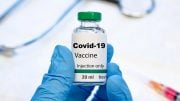
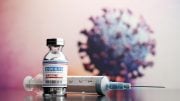
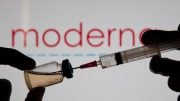
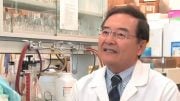

Be the first to comment on "The Latest in the Scientific Race to Develop an Effective COVID-19 Vaccine"